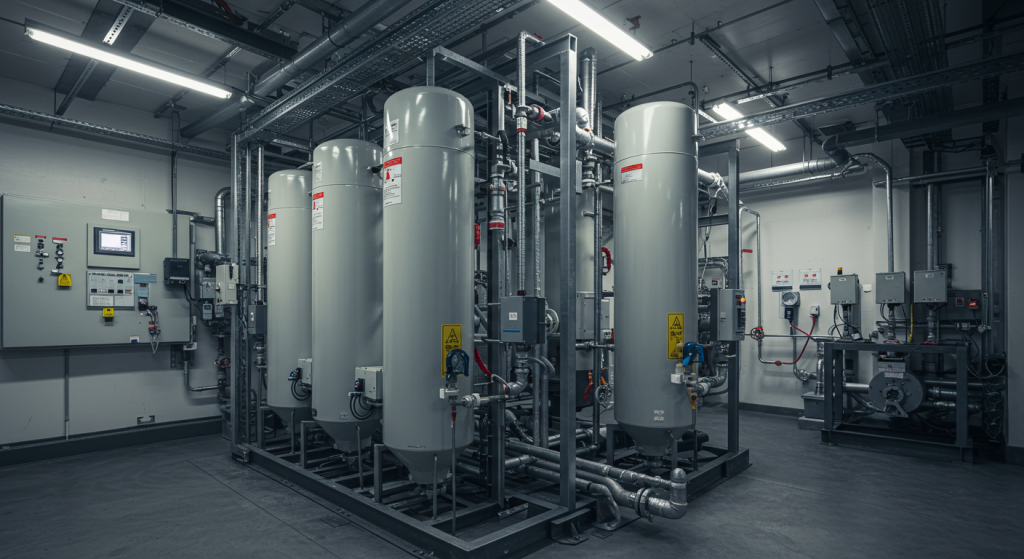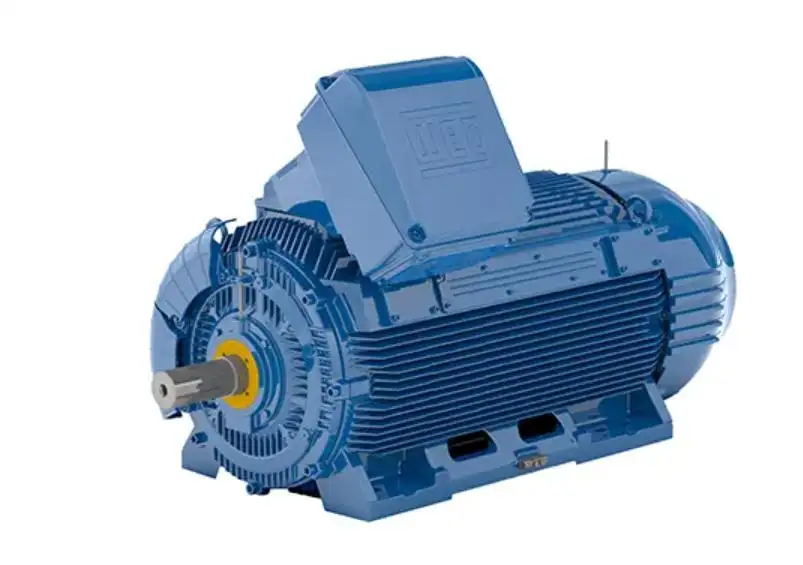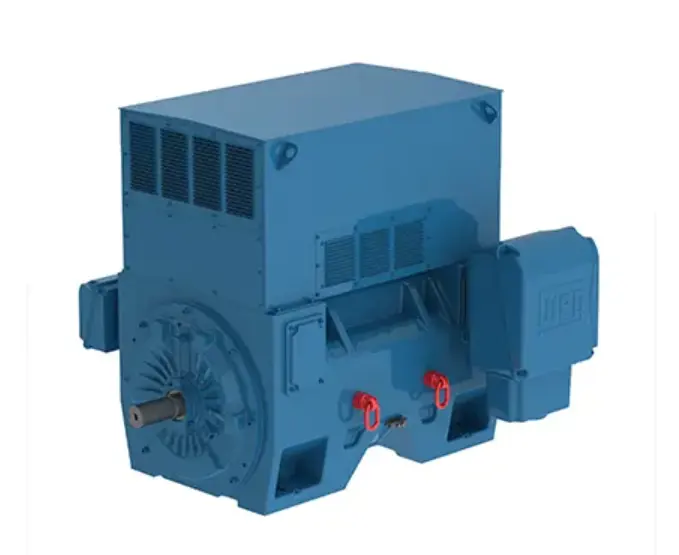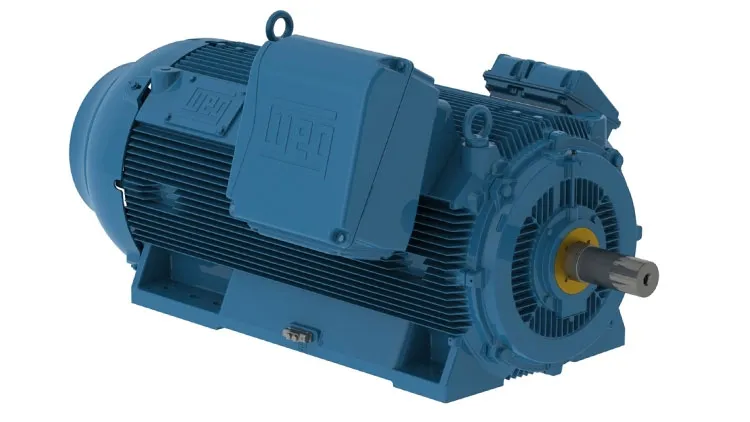Overview
Building an industrial air-compressor package isn't just plug-and-play; it mixes performance, uptime, safety, and cost. This article explains how to design an industrial air compressor package? Offering clear notes, handy tips, and on-the-ground tricks. Whether your site is a factory, a food plant, or an auto shop, you can lean on this article.
Understand Your Industrial Requirements
Start by digging into what the actual work needs before you draft anything.
Compressed Air Demand Assessment
- Count the total CFM (Cubic Feet per Minute) every tool or machine burns.
- Write down the exact PSI (Pounds per Square Inch) each task calls for.
- Note the difference between steady use and sudden peak spikes.
Application-Based Design
Manufacturing: Fast tools, clamps, and robots need clean, steady air.
Food & Beverage: Sterile, oil-free air protects product and people.
Automotive: Body shops and paint booths need dry, quiet pressure.
Choose the Right Type of Compressor
The compressor's heart sets the tone for noise, energy, and long-term repair cost.
Common Industrial Compressor Types:
Rotary Screw Compressors: Run nonstop, whisper-quiet, and eat little power.
Reciprocating (Piston) Compressors: Chunky, loud, best for burst pressure.
Centrifugal Compressors: Move enormous CFM for huge plants, no small jobs.
Design the Air Compressor Layout
How to design an Industrial Air Compressor Package? The layout you choose for an industrial air-compressor package is about more than fitting machines into a corner- it sets the stage for smooth running, workplace safety, and quick fixes when trouble pops up. A smart design keeps air moving freely, cuts pressure losses, and lets technicians reach filters, drives, and control panels without crawling under belts. So, think about floor space, room temperature, airflow path, and dampening vibrations before bolting anything in place.
Key Layout Components:
Compressor Unit
This module pumps the air, so keep it in a dry, well-aired nook shielded by soundproofing if possible. Leave room to slide out oil drains, swap filters, and poke at the control panel without disturbing other gear.
Air Receiver Tank
The tank acts like an air budget, smoothing supply whenever demand spikes or drops. Mount it close to the compressor and give the work staff a clear line to gauges, blow-off valves, and drain points.

Dryer and Filtration System
Hang the dryer-desiccant or refrigerated right behind the tank so every drop of moisture and grain of dust gets caught before the air heads to tools or robots.
The Dry Production Air
1. Cooling Unit
Compressors kick out a lot of heat. Place the intercooler or aftercooler where nothing blocks airflow. In above-average temps, a water-cooled unit often cools better.
2. Control Panel
Install the control panel where operators can see and reach it. If you run a PLC or remote gear, wire in solid power and network links.
3. Piping and Distribution Network
Build a looped pipe setup to give every corner even pressure. Choose wide, rust-proof pipes to cut friction losses.
A smart layout bumps up performance, stretches machine life, meets safety rules, and makes troubleshooting easier.
Control Systems and Automation
Automated controls fine-tune output and trim energy bills. Smart Compressor Control Options:
- PLC-based panels
- VFD (Variable Frequency Drive)
- IoT Remote Monitoring
Pick user-friendly screens and set up maintenance alerts that warn staff before a fault.
Safety and Compliance Considerations
- Safety comes first on the shop floor.
- ISO Compressed Air Standards.
- Basic safety features make an air system safer and longer-lasting.
Include:
- Pressure relief valves
- Emergency stop buttons
- Noise and vibration isolation
- Proper grounding and ventilation
- Compliance with ISO 8573 for air quality
Sizing Air Receiver Tanks and Dryers
Right-size equipment avoids wasted energy and empty lines.
Key Tips:
- Use a tank size of 1 gallon per cubic foot per minute (CFM).
- Ensure dryers can handle peak CFM flow.
- Include buffer capacity for load variations.
Design for Maintenance Accessibility
Poor maintenance design leads to high downtime.
Features:
- Front-facing service panels
- Filter and oil drain accessibility
- Modular component layout
Energy Efficiency and Optimization
Efficient systems lower costs and reduce carbon footprint. Proven Strategies:
- Fix leaks with ultrasonic detectors.
- Use variable-speed drive (VSD) compressors.
- Recover heat from compressors.
Application-Specific Customization
Every industry has unique needs.
- Food-grade air filters for food and beverage.
- Explosion-proof motors for mining.
- Cleanroom-rated packages for pharma.
CAD & Simulation Tools
Use CAD software to model the design and catch problems early.
Benefits
- 3D layout you can walk through
- Real-time air and heat flow tests
- Quick load and noise reports
Installation Best Practices
Getting an industrial air compressor set up right is the first step to peak output, low bills, and years of trouble-free work. No matter how high-tech the machine, bad installation habits can sink performance fast. So, sticking to proven installation rules isn’t optional if you want your plant to thrive.
Site Considerations
Adequate Ventilation
Give the compressor room plenty of fresh air so it doesn’t bake inside. Add intake louvers and exhaust fans to keep temps in check.
Stable Foundations
Pour thick, level concrete that can handle weight and vibration. This stops shimmies, keeps the frame square, and guards moving parts from grabbing.
Minimal Vibration Zones
Keep compressors away from delicate machines or offices when you can. If you can't, drop in rubber pads or spring mounts that turn thumps into whispers.
Clear Access for Maintenance
Leave elbow room on all sides so techs can swap filters, drain oil, and take a quick look without playing circus.
Proper Electrical Connections
Always follow the latest wiring codes, and make sure grounding, overloads, and fuses suit the motor's horsepower.
Conclusion
Building a factory-grade air-compressor package takes careful planning and a clear eye on tomorrow. Each move-whether picking a rotary-screw unit, routing pipes, or adding smart controls-hits efficiency, safety, and ROI. Whether outfitting a production floor or designing a food-safe system, sticking to proven steps locks in performance. For advice, parts, and complete packages, turn to VIBRANT Industrial Solutions.









